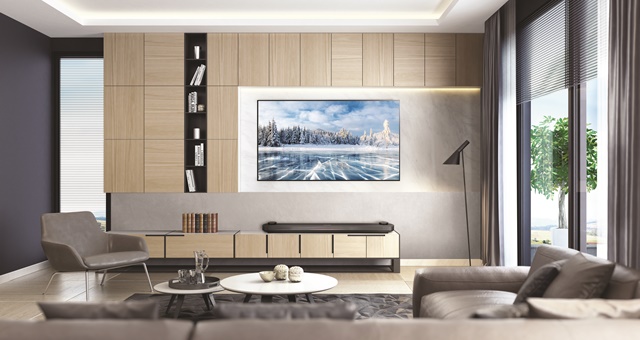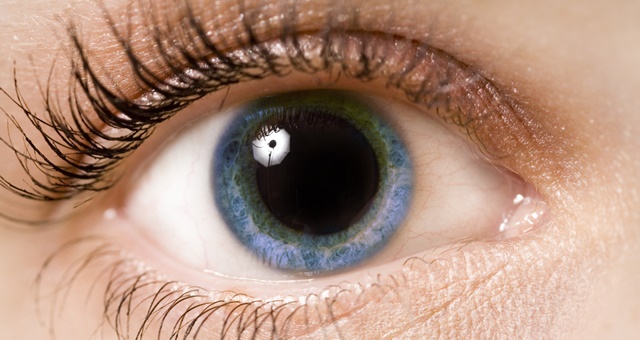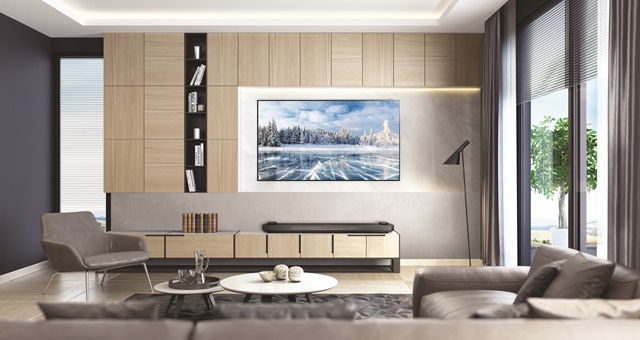
How real can television screen get? Is it possible to trick the human eye into believing it is not actually looking at a screen, but real life? It appears LG is close to finding out.
Consumers and markets were highly impressed when televisions first went high-definition in Australia back in 2001. Later this year, the first 8K televisions will hit the local market and anticipation is rapidly building?
Judging by early reactions, sentiment for 8K is mixed despite all of the big brands stocking their global warehouses in preparation for what may come. Some are calling it the ‘Future of Television’ and right now, it is, if only for the reason that none are currently on sale. Others are more conservative in their viewpoints, unsure whether the notable improvement in resolution is really needed right now, when 4K or ‘Ultra HD’ is still yet to reach its own crescendo. Is it too soon for 8K?
Regardless, 8K is coming and on sheer numbers, it’s an impressive proposition. The best perspective that can be given is to put four 4K televisions in two rows of two. Now, quadruple that so you have four rows of four. That kind of picture – around 7,680 x 4,320 pixels in each of those 16 screens – is what you’re on track to get from 8K.

No matter the brand, expect to see plenty of marketing willingly walking the tightrope about new 8K screens being more real than the human eye can discern. As advanced as these new televisions are, they haven’t quite caught up to the power of the human retina.
Standard definition on the first colour televisions broadcast an image consisting of 576 lines. Currently, 4K broadcasts with around 2,300 lines, give or take a few hundred. And while the power of the human eye isn’t measured in pixels, it is generally capable of viewing real life at about 40 pixels in the high-resolution centre. The new 8K televisions, when released, will be offering a picture nudging 33-35 pixels, so in terms of offering a true-to-life picture, we’re nearly there. Of course, variables such as the actual size of the screen you’re watching will also have an impact on the true resolution being offered.
LG Electronics Australia General Manager Marketing, Angus Jones, said more Aussies were falling in love with OLED televisions.
“We’re continuing to push boundaries with our roster of home entertainment products in 2019 by introducing bigger, better and smarter TVs than our previous range,” Jones said.

For hotel guests, LG’s new 8K televisions will continue to offer a range of features designed to meet the demands of the modern traveller, such as inbuilt casting for guests to stream their own content. This sort of thing is no longer a novelty or a ‘nice to have’. Hotel operators are demanding it and electronics brands now too see it as the ‘must have’ feature.
The 2019 8K range will also feature inbuilt Google Assistant AND Amazon Alexa, with the two rival assistants soon to be working together via a forthcoming firmware upgrade. This will make LG the only television brand supporting both platforms without additional hardware.
LG Electronics Australia Marketing Manager for LG Commercial Displays, Russ Prendergast, said he would share more information on the availability of 8K televisions to hotels and resorts as it is available.
“The evolution of LG 8K OLED TV is an exciting advancement and while we do not have a date of availability for this particular product, we are looking forward to sharing more information on our OLED TV offerings to Australian hotels and resorts this year.”

